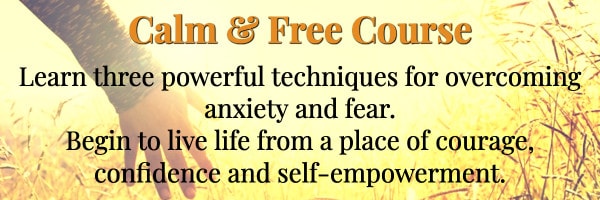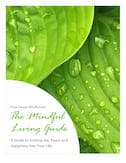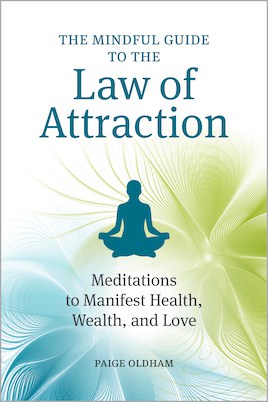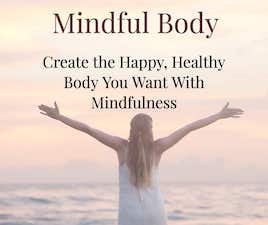Do you live a stressful life? There aren’t many people who would answer “no.” Being stressed and crazy busy are like badges of honor. Societal programming silently tells you that if you’re not stressed out and busy, there’s something wrong with you. You’re not doing enough. Read my post on being and doing “enough” HERE.
While you’re supposed to be stressed, you’re also bombarded with messages that tell you how unhealthy stress is. Some studies boldly say that about 97% of all medical issues (especially heart disease, diabetes and stroke) are related to stress.
To combat the onslaught of stress, we seek out ways to relax. There are entire industries that exist to help you deal with your stress.
All these messages convince you that stress is bad. It’s a killer.
But what if there were more to this whole stress thing? Maybe a more positive way of seeing stress.
In the video below, Kelly McGonigal, a health psychologist, talks about how she may inadvertently be harming her patients by feeding them more of the “stress is bad” message.
People tend to believe whatever authority figures (like doctors) tell them. Those beliefs have an incredibly powerful effect on our bodies. This has been proven by numerous studies over many decades. Bruce Lipton, Candace Pert, both Ph.D.’s, and Lynne McTaggart have written extensively on the topic.
What if you decided to believe that the pounding heart and hormones secreted during stressful times were good for you? How different are those physiological responses to those experienced during a challenging workout? Everyone “knows” that a challenging workout is good for you, right? So what makes the same physiological experience bad when it’s labeled “stress?”
Kelly’s answer to the question asked of her at the end of her talk was an interesting one.
Q: “If someone is making a choice between a stressful job and a non-stressful job, does it matter which one they pick if they believe that stress is empowering?”
A: “Chasing meaning is better for your health than avoiding discomfort. That’s the best way to make decisions. Go after what creates meaning in your life, and trust yourself to handle the stress that follows.”
Stress, by itself, is not a bad thing. Like everything else in life, the effect it has on you depends on the stories you believe about it.
If your stories/beliefs aren’t supporting you, make up new ones. To change a belief:
- Identify exactly what the existing negative belief is. (Stress is bad for me. It’s a killer.)
- Then challenge it. Argue with it. Find reasons to support why it’s a false belief. (Stress heightens my senses and makes me more aware of opportunities. It urges me to find others who can help me. Stress gets my blood pumping which provides more oxygen to my brain and body.)
- Create a new belief that’s the opposite of the old belief. Make sure it’s something you can be excited about. (Stress is good for me. It invigorates me and helps me to achieve my goals.)
- Repeat the new belief a few times a day with feeling for at least a month.
How might you answer the next person who asks how you’re doing? Instead of saying, “I’m so stressed and busy!” with a big sigh, try “I’m pretty stressed right now. It’s awesome!” with lots of positive energy.
How can you turn stress into your friend? What can you change in your daily thinking and actions that would allow stress to be a positive force in your life?
To get an idea of how stressed you might be, take the quiz below:
Create the life you want: Combine the law of attraction with mindfulness
The law of attraction suggests that our positive or negative thoughts bring about positive or negative experiences. My latest book, The Mindful Guide to Law of Attraction, pairs that belief with the powerful practices of mindfulness. Through intentional breathing, writing, and engaging, you’ll hone a method for manifesting health, wealth, and love―the elements of happiness.
Let the law of attraction work for you by adopting its basic steps of identifying and visualizing the things you desire. Then use 45 practical meditation techniques included in the book to achieve awareness. By concentrating your positive energy on obtaining your wants, you’ll give yourself permission to receive them.
To your happiness! ~Paige

You can find this book at Amazon, Barnes & Noble, Books-A-Million, and Indigo.







 The Mindful Living Guide
The Mindful Living Guide




Ah yes stress will be a constant companion unfortunately, but a little doesn’t hurt. The most important part is it notice when it start’s to build and utilize mindfulness techniques to keep it at bay. Wonderful post again.
Lei
http://mindovermattermeaning.com
Thank you Lei! Yes, good stress (eustress) can help to motivate us but when it becomes too much (distress), it’s time to use our mindful tools to manage it.
Interesting post, Paige! So much is up to your own mental beliefs – I wish this was told more often. For example, studies show that people believe that they have a certain amount of willpower and this belief actually does limit their willpower. In reality, willpower isn’t finite. People could perform so much better (and, well, not die of believing stress is harmful as shown in the video) if they had the tools to tackle these mental restrictions.
We all limit ourselves with our subconscious beliefs. Taking the time to identify them and shine a bright light on them is the first step to changing them. Then, who knows what we’re capable of!
Yes! Not all stress is bad! We don’t have to sit in lotus position our whole lives to live a long time. We can do hard things, as long as we’re doing things we believe in. I think it’s when we start deviating from our “path” – the things we care about, the things we want to fight for, that we get into trouble. When we’re stressed over a job we hate and a mortgage we can’t pay and kids that we want to feed but can’t, that should all just stop. That’s bad stress. But good stress is standing up for a cause that means something or working hard to build a business you love.
I can totally get behind that idea!
Love your examples Jessica! When you have a big “why” to fight for, the extra adrenaline is what you need.
Thanks for the reminder that stress is not all bad. (I have not watched the video yet and it may cover this.) Stress actually developed to help us, and we can learn to use it to our benefit – eustress. Of course, too much is not good mentally or physically. As with anything in life, it is not the thing itself that’s harmful or helpful. It’s how we relate to it.
Exactly Debbie. Everything is what it is until we paint it with our own story.